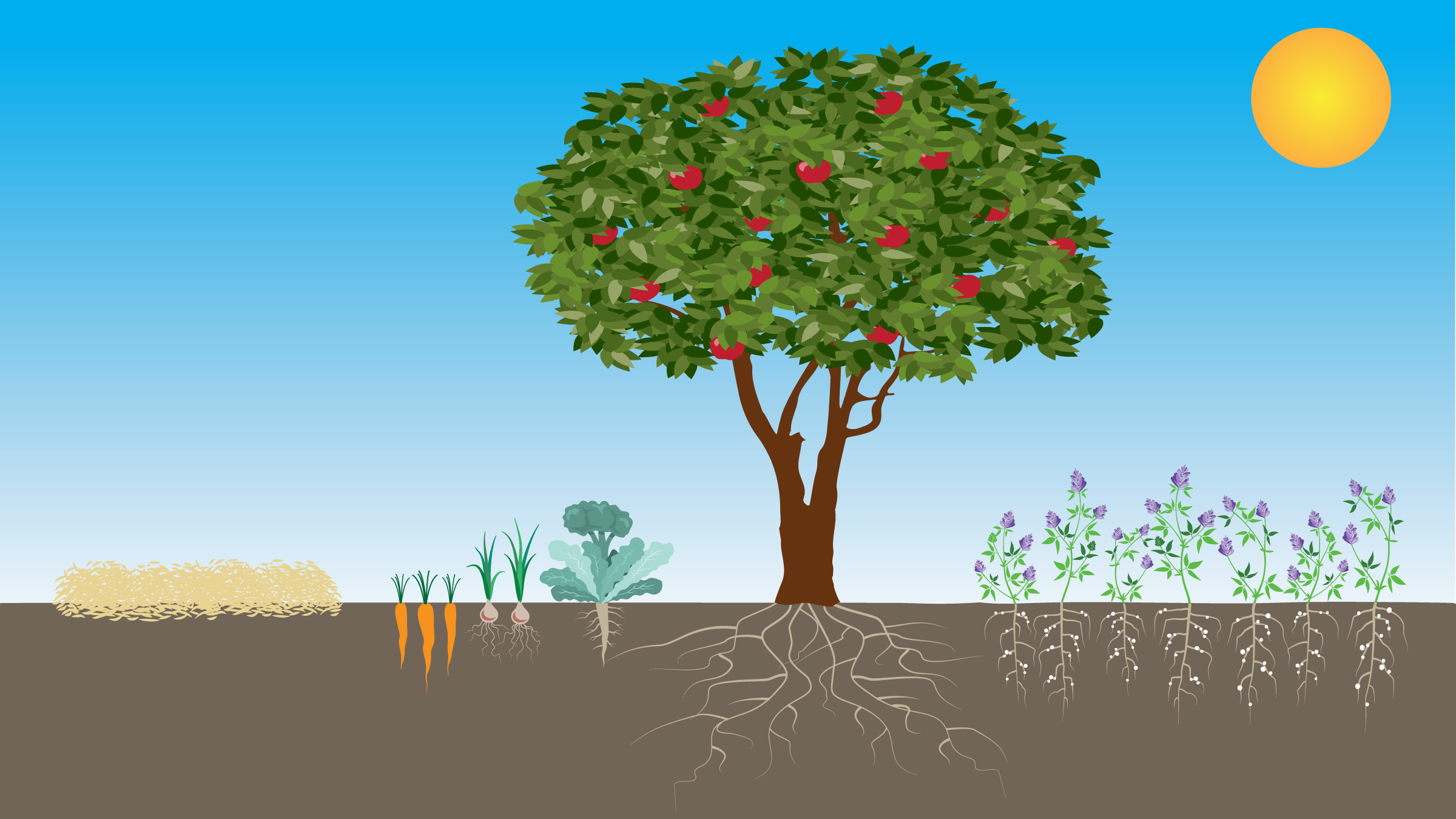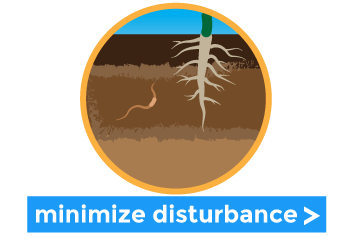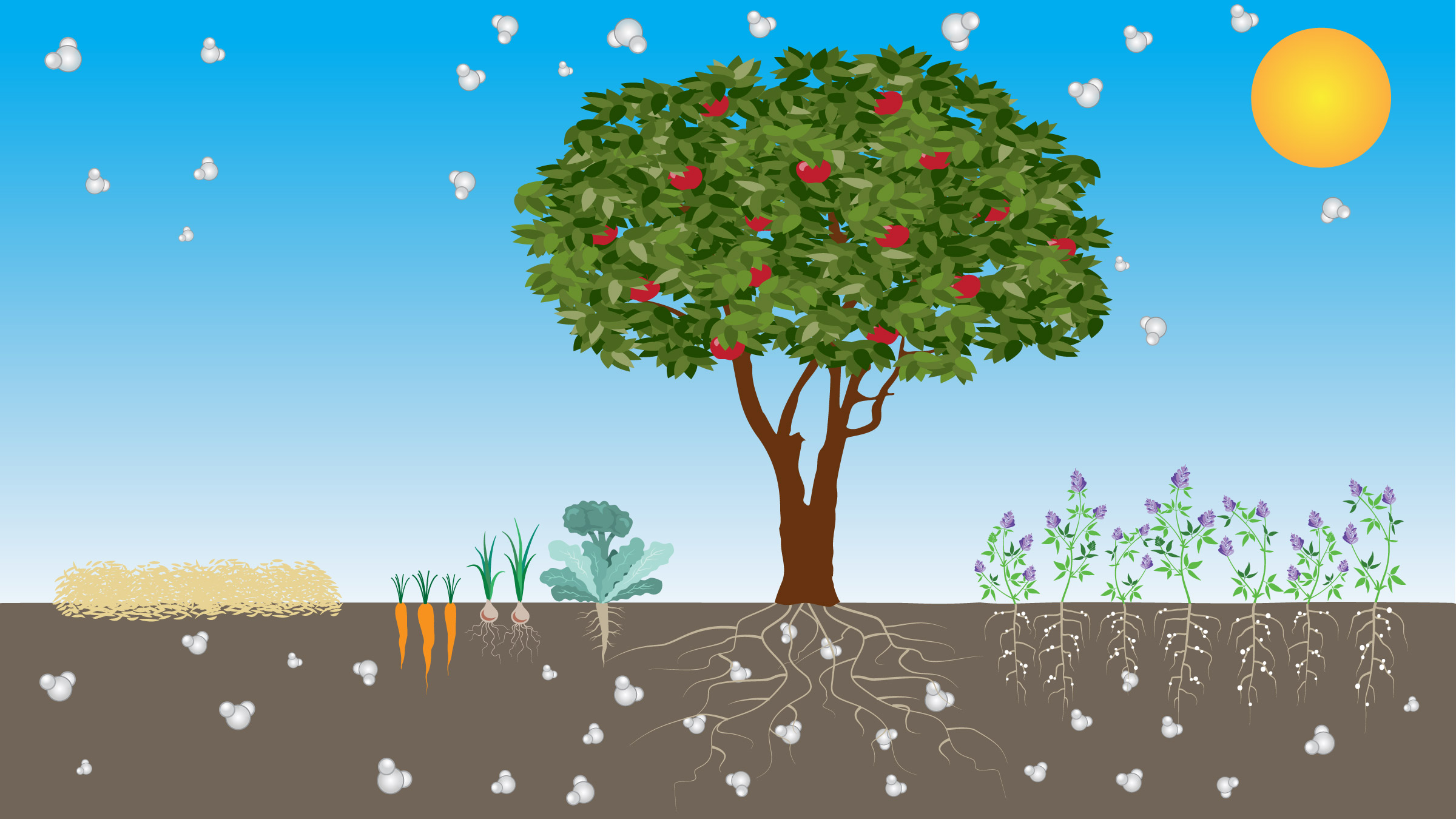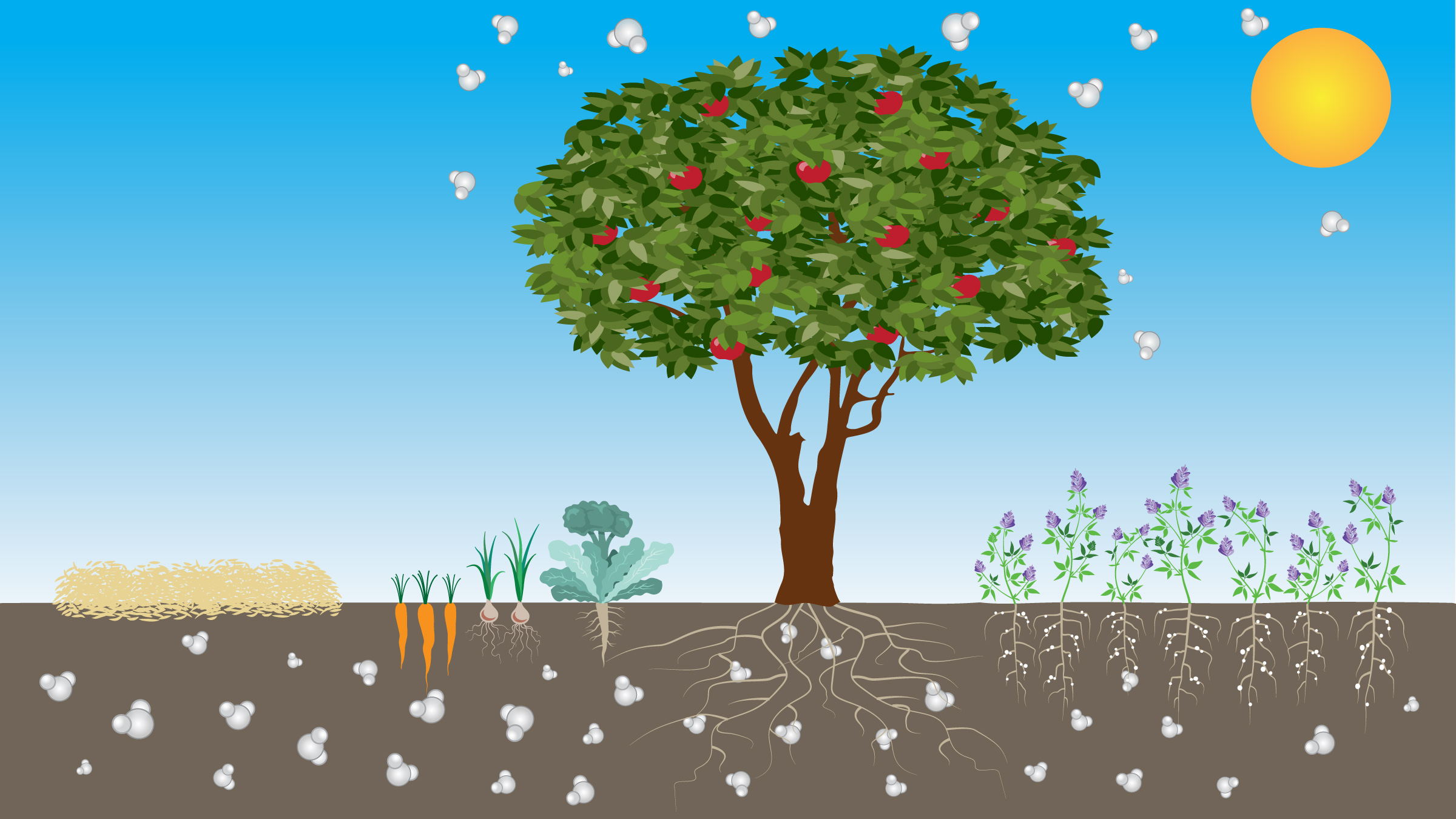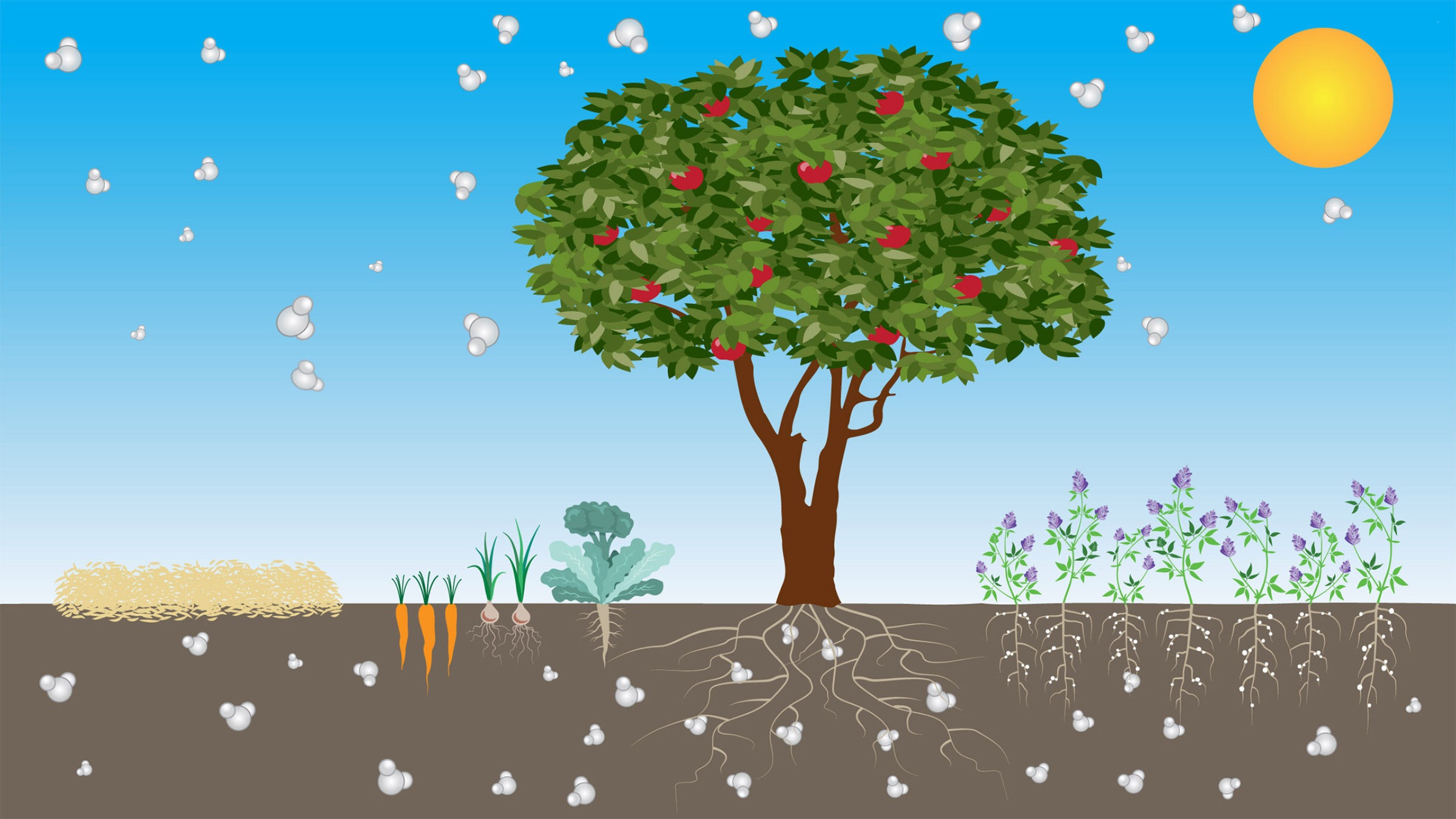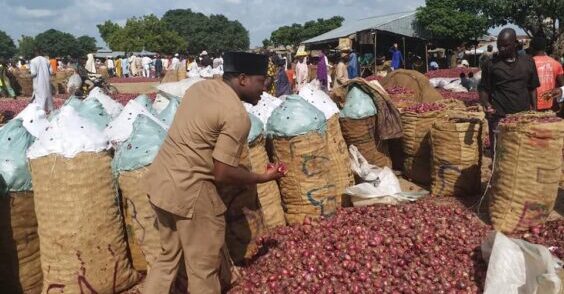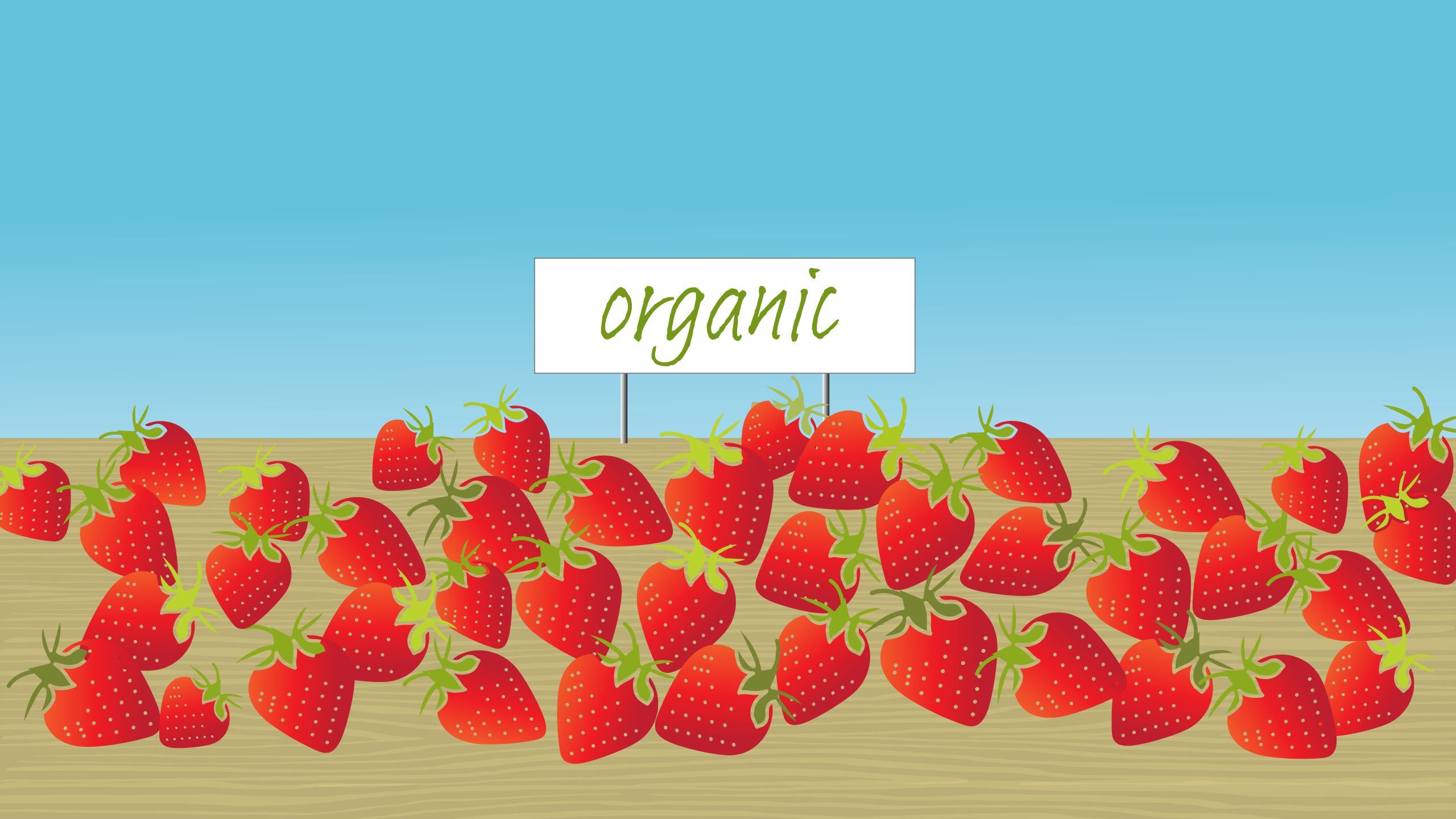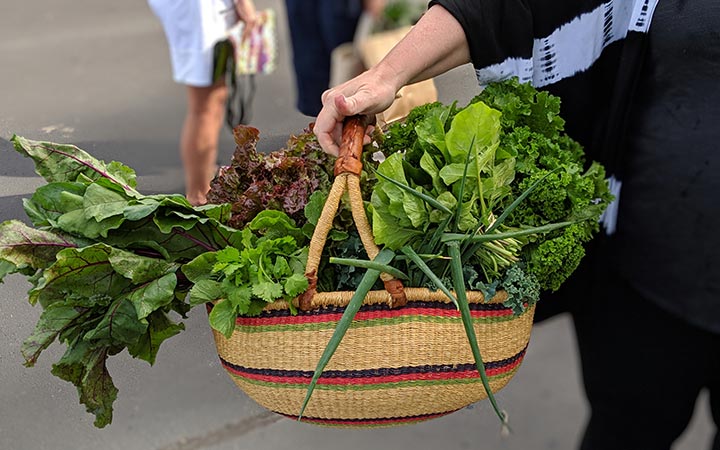ORGANIC AGRICULTURE IN THE FACE OF A CHANGING CLIMATE
– a Toolkit for Consumers, Advocates & Policymakers –
ORGANIC AGRICULTURE IN THE FACE OF A CHANGING CLIMATE
A Toolkit for Consumers, Advocates & Policymakers
Organic for Climate
Organic for Climate
Climate change poses critical risks for farmers and ranchers, and endangers the soil, water, and other resources on which food production depends. Rising temperatures have already intensified droughts, heat waves, and storms, making it harder to grow crops and raise livestock.
![]() The good news is that organic systems that emphasize soil health help farmers and ranchers increase resilience to the impacts of climate change. There is also extensive research demonstrating the potential of organic systems to reduce agriculture’s contribution to climate change (i.e., mitigate climate change).
The good news is that organic systems that emphasize soil health help farmers and ranchers increase resilience to the impacts of climate change. There is also extensive research demonstrating the potential of organic systems to reduce agriculture’s contribution to climate change (i.e., mitigate climate change).
In this brief video, we share the voices of organic farmers to help create a better understanding of the benefits of choosing organic for human health and our planet. We had to take a different approach as a result of the pandemic. Thanks to these farmers for inviting us into their homes.
Healthy soils form the foundation of organic production. Healthy soils have good structure (tilth), which allows them to absorb and hold moisture, drain well, maintain adequate aeration, and foster deep, healthy crop root systems. Such soils sustain crops through dry spells, require less irrigation water, and undergo less ponding, runoff, and erosion during heavy rains.
The Natural Resources Conservation Service (NRCS) has identified four guiding principles that support healthy soils: 1) minimize disturbance, 2) maximize biodiversity, 3) keep soil covered, and 4) maintain living roots. These principles provide the foundation for a resilient farm system and are explained in more detail in the infographic above.
The USDA National Organic Standards require certified producers to implement crop rotation, cover cropping, tillage, nutrient management, and other practices that improve and maintain the physical, chemical, and biological condition of the soil.
In this short demonstration video, organic farmer Scott Park of Park Farm Organics in Meridian, CA explains the relationship between water management and soil health and the overall productivity of the farm. Scott explains the importance of preventive practices in organic systems—because organic farmers cannot rely on synthetic chemical inputs, they need to take care of the soil over time and solve production problems before they happen. Farmers do this by implementing soil health building practices because healthy soils are the foundation of a healthy farm.
Share this section
![]() Healthy soils store more carbon
Healthy soils store more carbon
The most practical and cost-effective way to remove excess carbon (CO2) from the atmosphere is through living plants and soils.
While organic systems require some level of physical disturbance to control weeds, they eliminate synthetic inputs and can significantly reduce tillage. Reduced tillage, crop diversification, cover cropping, organic amendments, and sound nutrient management can enhance carbon sequestration and build climate resiliency in organic agricultural systems.
Share this section
![]() Healthy soils release fewer greenhouse gases
Healthy soils release fewer greenhouse gases
Organic farmers do not use synthetic pesticides and fertilizers, one of the primary contributors of greenhouse gases.
Healthy soils help crops obtain nitrogen, phosphorus, and other nutrients from organic soil organic matter. This reduces the need for fertilizers that can threaten water quality and minimizes the release of greenhouse gases from soils.
Organic farmers and ranchers are prohibited from using synthetic inputs, which can contribute to greenhouse gas emissions, to manage pests and diseases. Instead, they rely on the services provided by the diversity of plants and animals in and around their farms to prevent disease and pest outbreaks. In this video, Richard Smith, a Farm Advisor with UC Cooperative Extension, explains how organic producers use environmentally friendly practices such as promoting beneficial habitat for natural predators of insect pests to manage crop diseases.
Share this section
FARMER STORIES
FARMER STORIES
Learn how organic farmers and ranchers use regenerative organic practices to build soil health, store carbon, release fewer greenhouse gases, and build resilience to the effects of climate change.
RESOURCES
RESOURCES
A good place to start for some basic information on organic farming is by visiting our FAQ page. For anyone wishing to dive a little deeper, the resources here examine the latest research related to the capacity of organic systems to store carbon, reduce greenhouse gas emissions and build resilience to to climate disruptions already underway.



